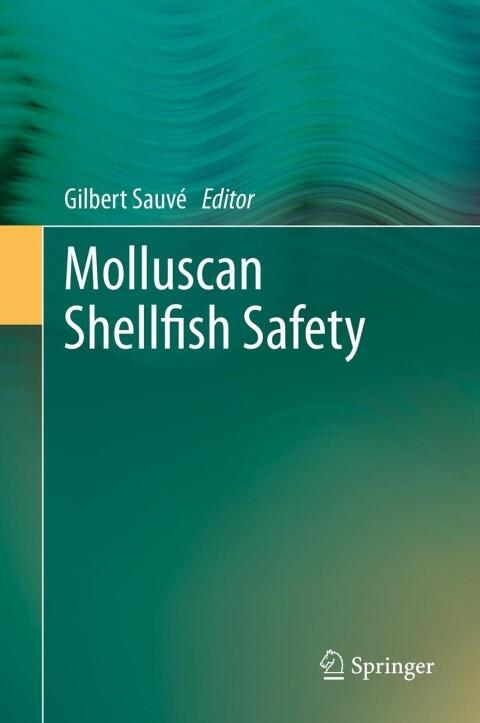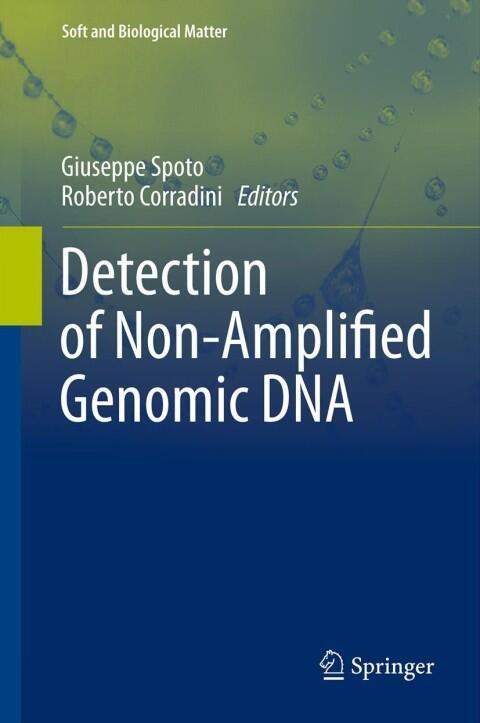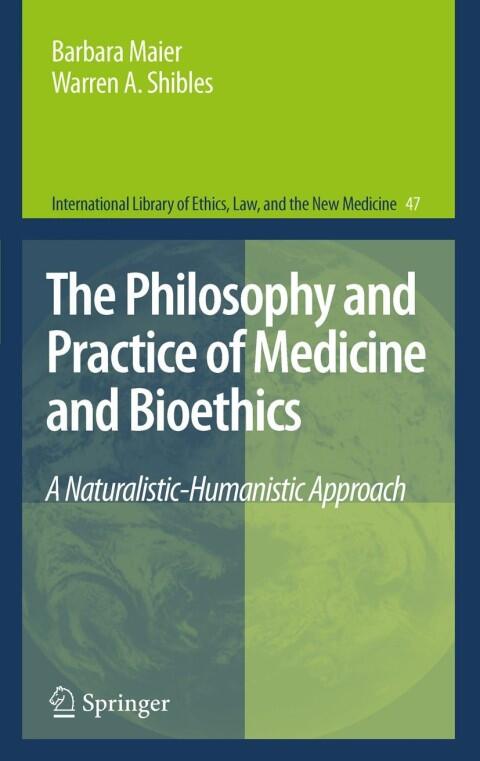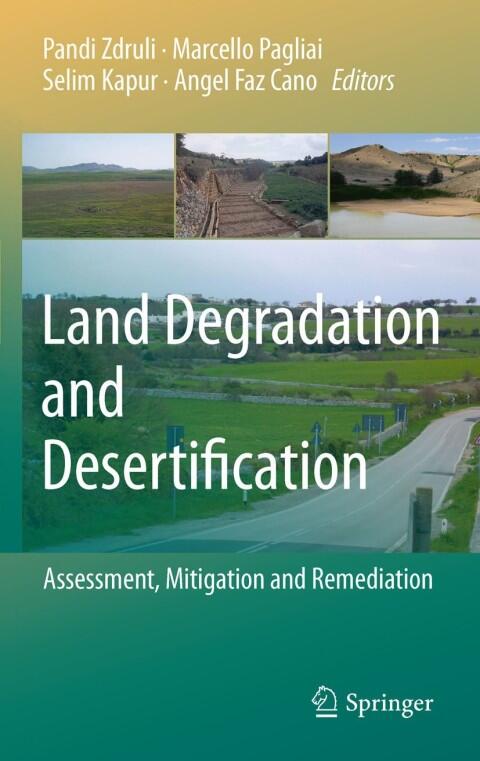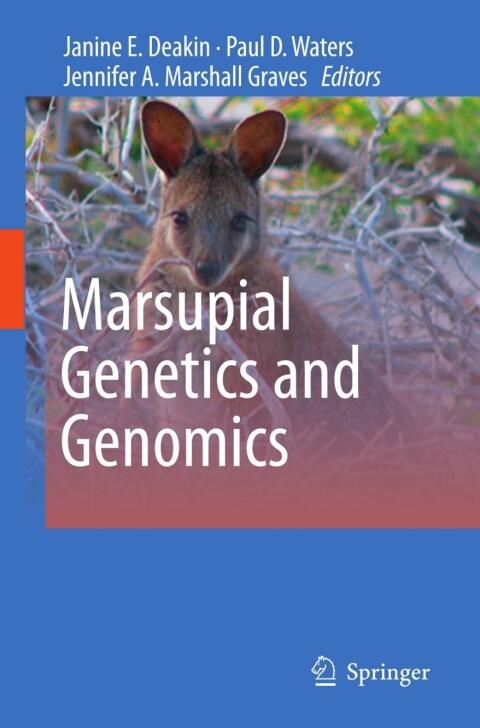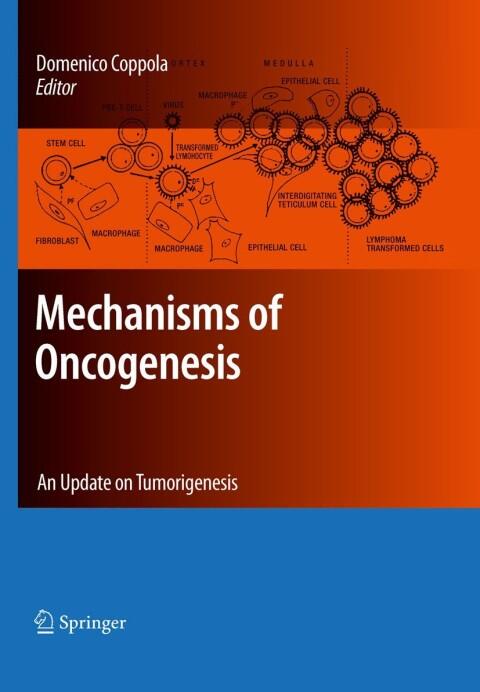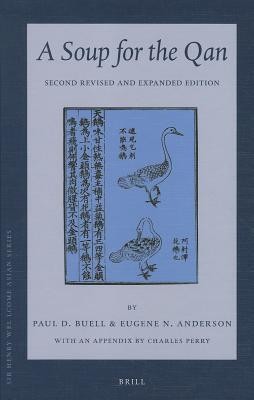
A Soup for the Qan: Chinese Dietary Medicine of the Mongol Era As Seen in Hu Sihui's Yinshan Zhengyao
还没有评分
Cookbooks
Health & Wellness
格式
精装书
页数
662
语言
英语
已发布
Jan 1, 2010
出版商
Brill
版本
Revised, Expanded
ISBN-10
9004180206
ISBN-13
9789004180208
描述
In this insightful exploration, the authors delve into the rich tapestry of dietary practices during the Mongol era, as illuminated by Hu Sihui’s influential work, "Yinshan Zhengyao." The book offers a meticulous examination of how Chinese dietary medicine shaped and influenced Mongolian cuisine and health practices, demonstrating the unique interplay between these two cultures.
Paul D. Buell and Eugene N. Anderson guide readers through historical contexts, providing a deep understanding of food as both sustenance and medicine. Their scholarship reveals the significance of culinary approaches that emphasized balance and harmony, reflecting the philosophical underpinnings of Chinese medicine. Alongside, Charles Perry contributes an appendix that enriches the narrative with culinary insights and recipes that survive from this era, making the content accessible to modern readers.
Throughout the chapters, readers will appreciate the authors’ methodical approach, interweaving historical analysis with practical applications of dietary principles. By illuminating the historical practices prevalent in the Mongol courts and beyond, the work unravels the complexities and cultural exchanges of the time, ultimately offering a window into a sophisticated and holistic view of health through diet. This book serves as a valuable resource for historians, culinary enthusiasts, and anyone interested in the enduring legacy of historical dietary wisdom.
Paul D. Buell and Eugene N. Anderson guide readers through historical contexts, providing a deep understanding of food as both sustenance and medicine. Their scholarship reveals the significance of culinary approaches that emphasized balance and harmony, reflecting the philosophical underpinnings of Chinese medicine. Alongside, Charles Perry contributes an appendix that enriches the narrative with culinary insights and recipes that survive from this era, making the content accessible to modern readers.
Throughout the chapters, readers will appreciate the authors’ methodical approach, interweaving historical analysis with practical applications of dietary principles. By illuminating the historical practices prevalent in the Mongol courts and beyond, the work unravels the complexities and cultural exchanges of the time, ultimately offering a window into a sophisticated and holistic view of health through diet. This book serves as a valuable resource for historians, culinary enthusiasts, and anyone interested in the enduring legacy of historical dietary wisdom.




